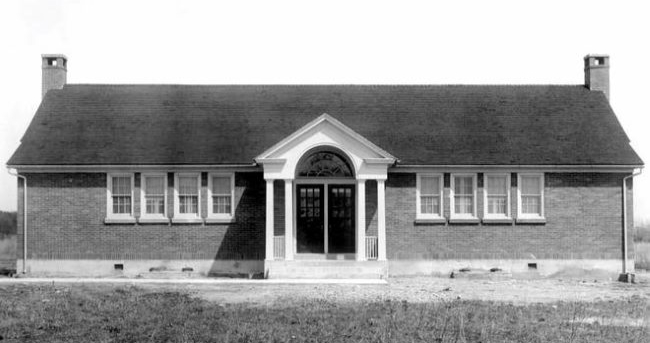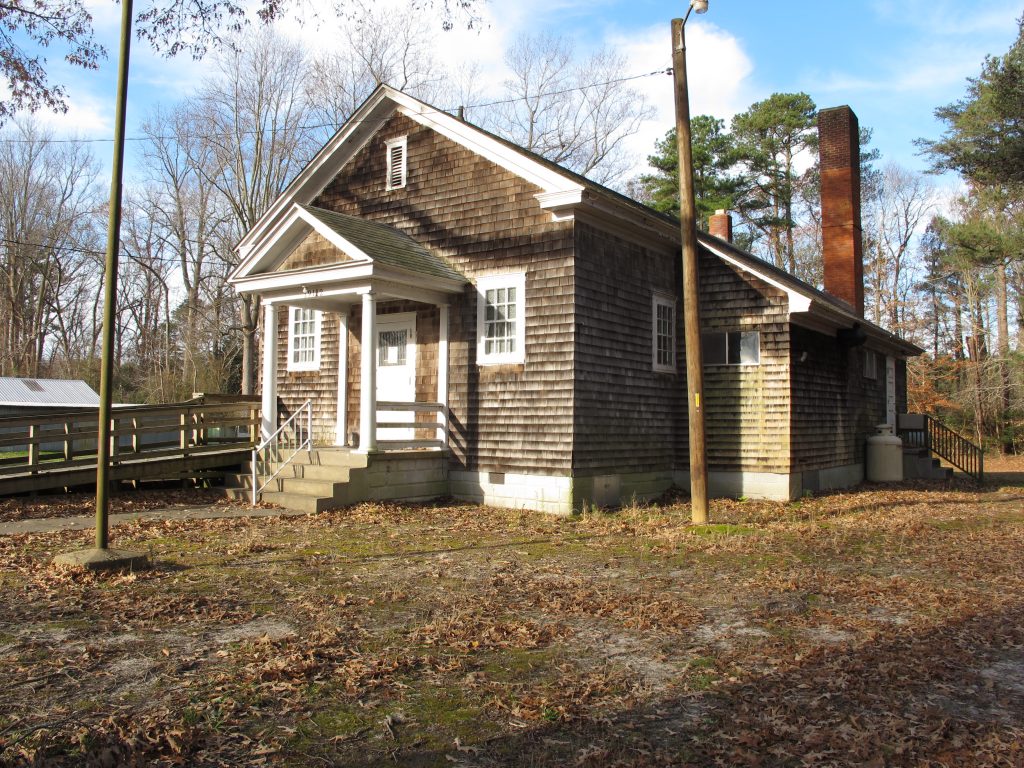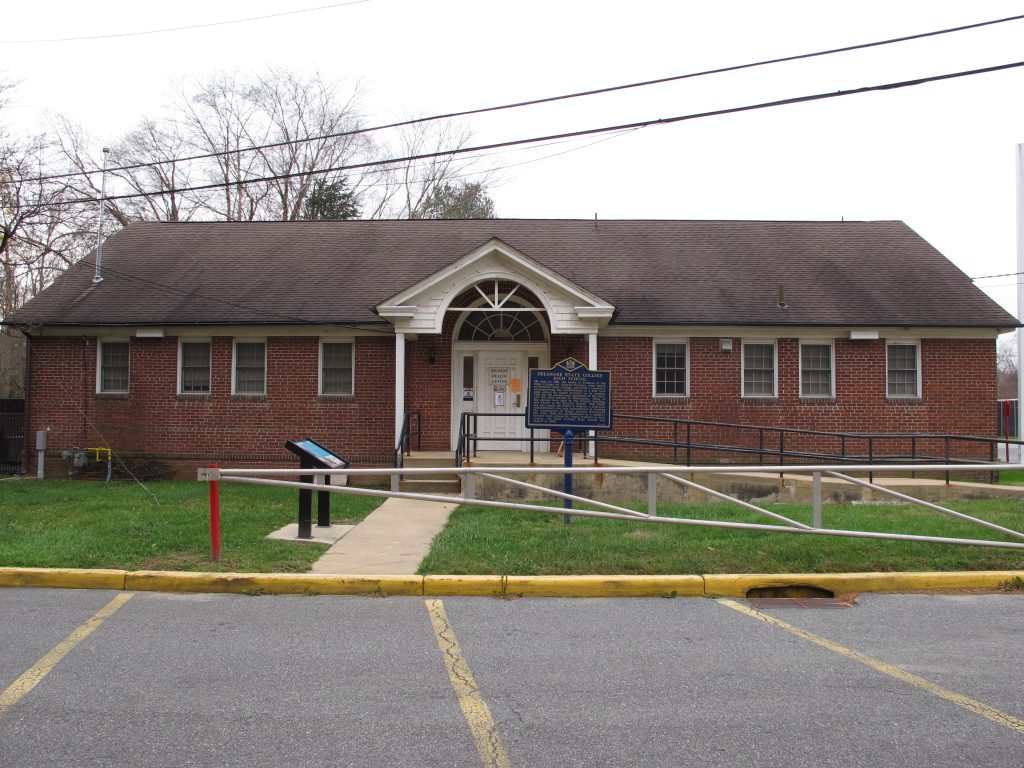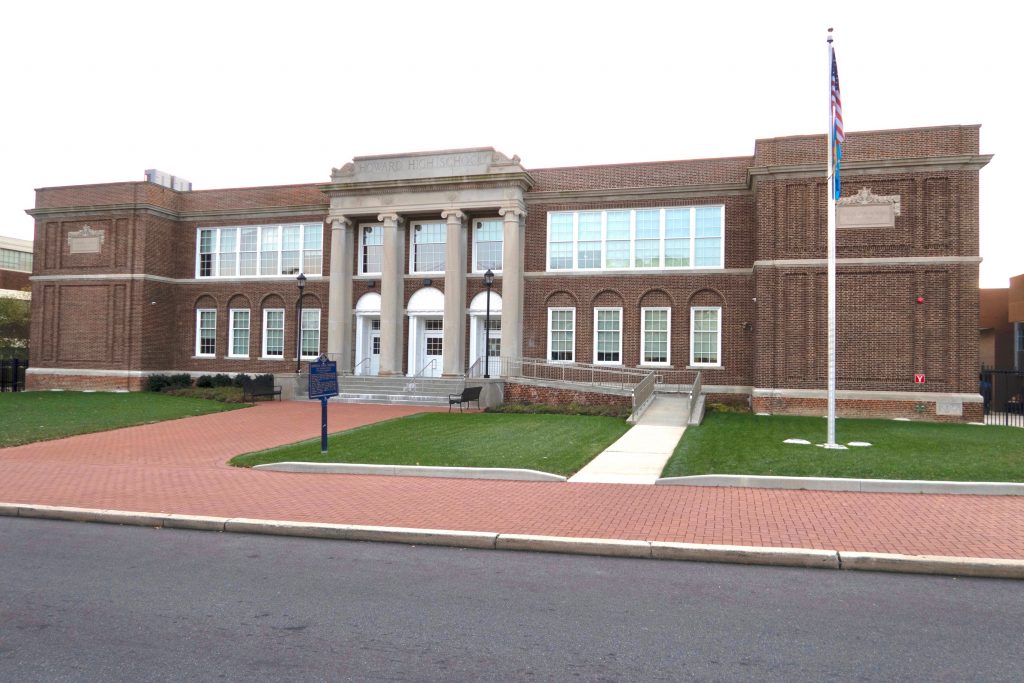New reports on historic DuPont Schools offer enlightening perspective
From 2020 to 2022, the Delaware Division of Historical and Cultural Affairs, in partnership with the statewide nonprofit Preservation Delaware Inc. and the University of Delaware’s Center for Historic Architecture and Design (CHAD) program, have been chronicling the history of Delaware’s DuPont “Colored” Schools. Now, their efforts are coming together in two new reports that capture the oral history of student experiences and a study on the history and current condition of the buildings themselves.
These DuPont Schools, found in all three of Delaware’s counties, were built for African American and Native American students in the early 20th century during an era of segregation. Delaware philanthropist Pierre Samuel du Pont provided the funding needed for underfunded and poorly resourced schools for minorities, leading to the construction of these segregated schools in the years after World War I. The investment came more than 20 years after the Plessy v. Ferguson Supreme Court ruling stating that segregation was legal, as long as the separate spaces were equal.

“These projects support efforts to identify and expand information on historic properties relating to under-represented communities and histories,” said Deputy State Historic Preservation Officer Gwen Davis. “The oral history project illustrates the importance of the participants’ stories to a broader understanding of Delaware’s history, acknowledging the experiences of people of color in an unequal educational system. The architectural survey is the culmination of many years’ work to identify and expand information on historic properties relating to communities often under-represented in historic preservation work. Given the average age of the interviewees, and the number of school buildings already lost over the years, both of these projects highlight the time-sensitive nature of this work.”
In the oral history project, which began in fall 2020, 26 alumni of six DuPont Schools were interviewed about their experiences. The project highlights the recorded voices of former students speaking of a bygone era of institutionalized and forced segregation in Delaware’s public schools, as Preservation Delaware explains on their website about the project.
“Their testimonies of decades-old past events are riveting and quite compelling,” the organization states. “Historical accounts of public-school education in the state of Delaware have left out whole swaths of our citizens, who have been left out of our shared stories. With this project, Preservation Delaware was determined to give a voice to those underrepresented in Delaware’s history.”
The second report, titled “The DuPont ‘Colored’ Schools, 1920-1931: An Architectural Survey Report” and authored by CHAD staff with the assistance of graduate and undergraduate students, includes a context study and architectural survey, discussing the history, current condition and significance of 84 schools, some of which are no longer standing. The project, which supports the goals of the 2018-2022 State Historic Preservation Plan, aimed to locate and record all of the DuPont Schools in Delaware built for minority students from the 1920s through 1931.



While 90 schools were originally built, only 84 could be located through this comprehensive survey, which also collected the information needed to recommend some of the sites for listing in the National Register of Historic Places. Of those 84, only 48 buildings still exist, including one (White Oak in Kent County) that was moved from its original site in the 1960s.
Of the surviving schools, more than half could be eligible for listing in the National Register. More work, including outreach to property owners and assessment of the interior of the buildings (which was not part of this survey) will be needed to make those recommendations.
Eight of the surviving schools are already recognized by the National Register. Six are individually listed: Public School No. 111-C (Christiana), Georgetown-Richard Allen, Iron Hill, Howard High School, Warwick-Harmon and Warwick-Johnson. Two of these schools — Warwick-Harmon and Warwick-Johnson — are listed as part of the Multiple Property Submission for Nanticoke Indian Community Thematic Resources nomination. Another two of the schools — New Castle-Booker T. Washington and St. Georges — are listed as part of the New Castle Historic District and the North Saint Georges Historic District, respectively. A ninth school, Ross Point, was listed to the National Register prior to its destruction.

For Division Architectural Historian Carlton Hall, the project has captured information he always wished he’d had growing up in the First State.
“As an African American, I grew up here in Delaware and went to school here and never heard about the DuPont Schools, although I assumed schools were segregated back in the Jim Crow days,” he said. “I think it’s important for children growing up now to know this history. My generation didn’t experience it, but my grandparents’ generation did.”
While the projects outline the inequality of the schools — particularly for students in southern Delaware who would have to travel long distances — Hall said the effort has also shown how impressive these historic Delaware figures became despite the racism and challenges they faced.
“There were success stories,” he said, pointing to Wilmington’s Howard High School in particular, noting that high-quality educators were recruited from across the country. “Even though some of the schools lacked resources and there were 20-some students in a one-room school building, there were some schools that really, really did well.”
Just to name a few examples at Howard High School, graduates included Louis L. Redding, the first Black lawyer admitted to the Delaware bar, and Delaware’s first African American legislator, Herman Holloway Sr., while American activist and writer Alice Dunbar Nelson spent time there as a teacher.
“Some of the schools really maximized their potential considering what they had to deal with and work with as a school,” Hall said.
The projects were completed earlier this year, and the Division now is working with CHAD on an interactive digital platform for the public to be able to access the information. Stay tuned for updates!
Both of these projects were carried out with assistance from the Historic Preservation Fund administered by the National Park Service, through the Delaware Division of Historical and Cultural Affairs. Any opinions, findings and conclusions or recommendations expressed in the reports are those of the authors and do not necessarily reflect the views or policies of these agencies.


